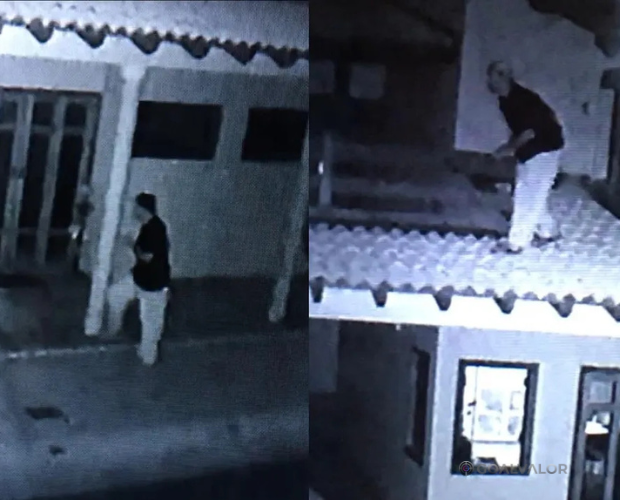You’re supporting the narcos without realizing it: How narcos on TikTok use emojis and hashtags to recruit young people (and why you need to know)
Mexican cartels no longer operate solely on the streets: they’re conquering TikTok. A study by the Colegio de México and Northeastern University reveals how—and warns that this method is spreading to other global mafias.
Recruiting with a “👍” and a “ch”
A ninja on your screen? A “ch🍕”? It’s no joke:
* 🥷🏼 stands for the CJNG’s “ninja” hitman
* ch🍕 (“chapizza”) evokes El Chapo’s offspring???? symbolizes “El Mencho,” the CJNG leader
* #4NG, #MenchoVive, #Chapizza reinforce their messaging
Using emojis, local slang, and trendy music, the cartels break generational and technological barriers. 47% of the accounts studied promoted direct recruitment; another 31% focused purely on propaganda.
Why it works: the psychology of digital identity
Young people seek belonging. TikTok offers them identity and “adventure” in a single swipe. The narco community presents itself as an exclusive clan, promising fast money and status. These tactics leverage:
* Curiosity: the forbidden is more attractive than the mundane.
* Recognition: using a “secret” emoji builds complicity.
* Gamification: challenges and hashtags that spur action.
Not just a Mexican issue: a globalized strategy
The “TikTok playbook” is now crossing borders. Other mafias are copying it:
* MS‑13 uses Instagram to recruit in Central America and the U.S.
* PCC in Brazil distributes stickers via WhatsApp to coordinate drug trafficking.
* ’Ndrangheta in Europe tests YouTube Shorts to enlist hitmen.
Digital organized crime shows it can adapt: it goes where its prey is and meets them on any social network.
Alarming figures
* Over 100 active accounts in Mexico (CJNG, Sinaloa, Noreste) were examined.
* 54% were linked to CJNG; only 5% to the Sinaloa Cartel and another 5% to the Northeast Cartel.
* 39 CJNG TikTok accounts were shut down after the Teuchitlán case, where youths who answered “job offers” at a ranch disappeared.
How to protect yourself (and younger users)
* Spot the code: learn to recognize suspicious emojis and hashtags.
* Supervise without invading: talk to your children about what they see online.
* Teach digital safety: incorporate online security workshops in schools.
* Report and block: notify platforms and authorities about dangerous profiles.
Conclusion: information is your best defense
The “digital narco” is not a myth: it recruits in your feed. Knowing its “dictionary” of emojis and slang is the first step to counter its influence. If the unknown is stalking you on TikTok, arm yourself with knowledge and dialogue.
Sources
Seminario de Violencia y Paz, Colegio de México, Nuevas fronteras en el reclutamiento digital (April 2025)
Civic A.I. Lab, Northeastern University, TikTok engagement metrics (2025)
Secretaría de Gobernación (Mexico), Teuchitlán report (March 24, 2025)









